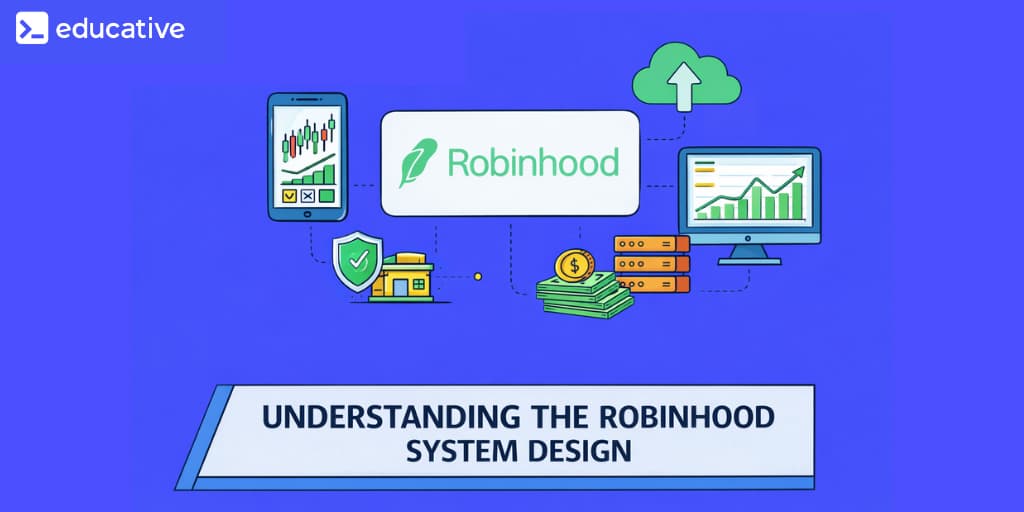Understanding the Robinhood System Design
Yelp System Design Explained
Cisco System Design interview
Airbnb System Design Explained
Flexport System Design interview
OTT System Design Explained
Intuit System Design interview
Crunchyroll System Design Explained
Notion System Design Explained
